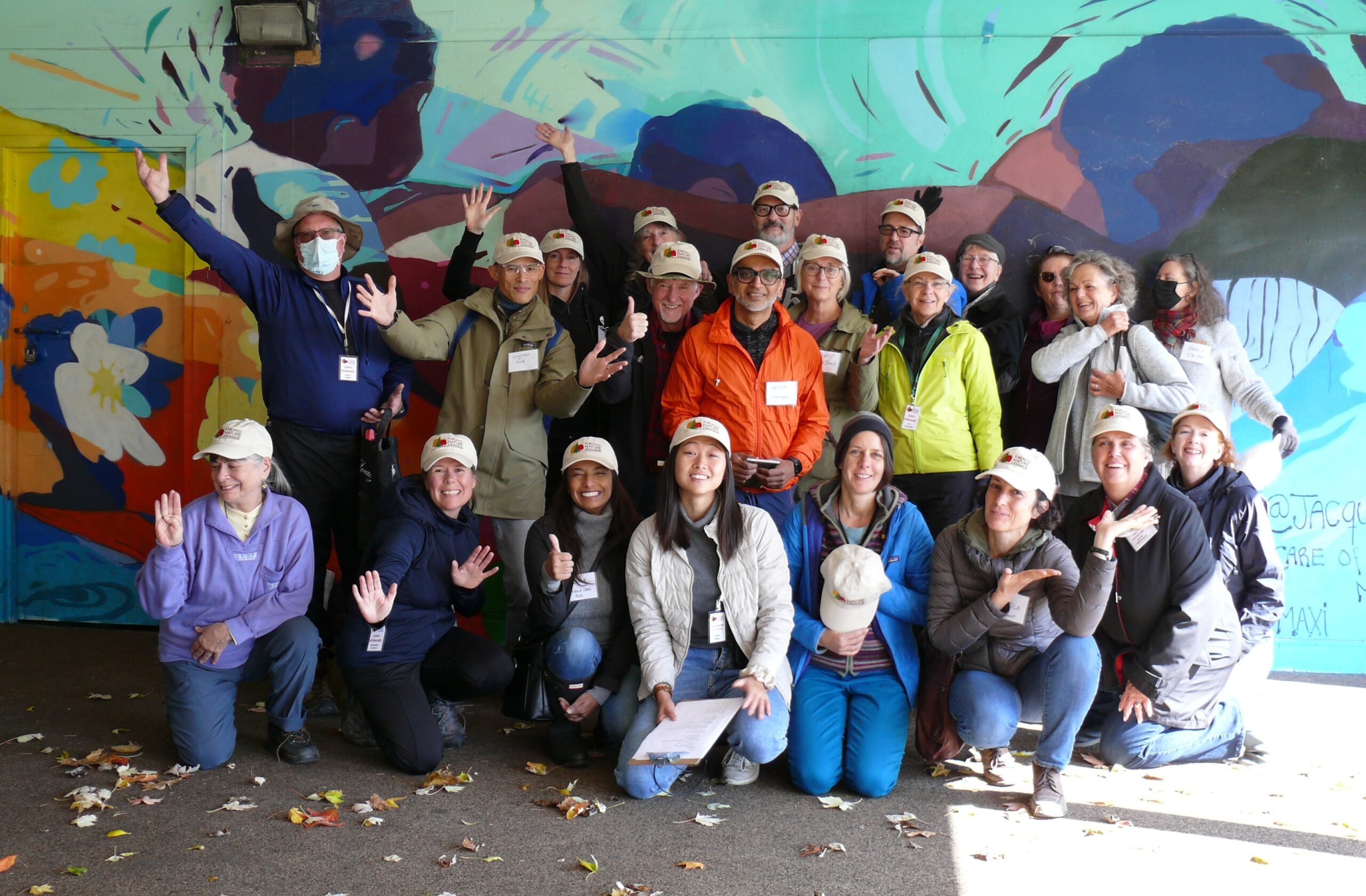If you have other ideas for how you’d like to get involved or partner with us, please contact us at coordinator@torontonaturestewards.org.
Apply for a Stewardship Site
Site applications for the 2024 season are currently OPEN. The deadline for submissions is August 25, 2024.
Would you like to start and organize a group of volunteer Stewards at a location near you? Toronto Nature Stewards site applications are now open for the 2025 season. New sites need to be reviewed and accepted by City of Toronto. This process happens once per year. Application for new sites closes August 25, 2024.
To apply for a new site, please download, fill out, and send a Site Application Form to Anna Meng at anna.meng@utoronto.ca. New sites must adhere to the criteria outlined by Toronto Nature Stewards and the City of Toronto, which can be viewed here. Additionally, new sites will require a Lead Steward to organize regular stewardship. If you are not already a Lead Steward, registration for our yearly Lead Steward training will open later in August.
Please note that there is no guarantee that sites will be approved. Site approval will be communicated to applicants by January 2025.
Become a Lead Steward
Due to limited capacity for training, preference is given to those who have some experience as a steward anywhere or have a strong interest in leading a group in an underserved community. If you know of anyone who may be interested please send them a link to this page. Join with a friend and it will be even more rewarding!
All of our ravines and natural areas need stewardship so please consider becoming a Lead Steward next year. You can find maps and schedules of our current sites here. You may also want to volunteer as a steward with any of them to gain experience. They would love to have you join them.
There is an excellent article from one of our 2022 first year Lead Stewards that will give you an idea of what it is like as an experience and the skills that will help you succeed.
What are Lead Stewards responsible for?
- Making a stewardship plan for their site
- Recruiting and leading a team of volunteer Stewards (maximum 10 per Lead Steward)
- Organizing work days by planning activities, sending emails, adhering to protocols
- Reporting activities, number of attendees, monitoring
- Committing approximately 3 hours/week (2 hours in the field + 1/2 hour administration) from the end of April through October (co-Lead Stewards can help manage the site during vacations)
Lead Stewards are trained over a set of five 2-hour online training sessions and hands-on learning opportunities from February to March that provide guidance on making a stewardship plan for their site, recruiting new Stewards, organizing events, and plant identification.
Registration Requests for 2024 Lead Steward training are now closed. Please join your local site as a Steward and check back here in August for updates!
Check out this testimonial for first-hand experience: “My Experience as a First-year Lead Steward”

